Professor Louise Richardson’s book “What Terrorists Want” is one of the primers on the study of terrorism. The book is organised in two parts— 1) The Terrorists, consists of five chapters and 2) The Counter terrorists which consists of remaining three chapters of the book. In this book, the author has highlighted a systematic approach to ‘Understand’ the terrorism and its factors. In the introductory part, Professor Richardson, who is a native of the Republic of Ireland (hereafter Ireland), shared her experiences of early-years of school and college life, where she had a social life of spending time and being involved with family and friends-‘activists’ who were core-supporters of the Irish Republican Army (IRA)’s movement against British rule in Ireland. Interestingly, the titles of the chapters are starting with essential- ‘Ws’ of any research work, ‘what’, ‘Why’, ‘Where’. It signifies that the author is keen to introduce the three Ws so as to understand the fundamental questions of terrorism and finding answers to those questions. ‘Understanding’ a threat is the foremost step in ‘Containing’ that threat effectively.
The first part of the book has focussed on the introduction, causes of terrorism, factors that motivate a terrorist to kill themselves. The second part of the book examines critically the United States (US) administration’s policy on waging ‘War on Terror’. Professor Richardson’s approach to understanding and counter-terrorism is unique and practically accepted in the field of research on terrorism. Other books such as author Bruce Hoffman’s Inside Terrorism will introduce the reader to the historical and contemporary aspects of the terrorism, but Louise Richardson’s What Terrorists Want focuses on the causes of terrorism, Why do terrorists do this? How are they recruited? What motivates them to kill others and themselves? The author has attempted to define terrorism based on its core characteristics such as (Ch.1, pp 4-6):
- A terrorist act is politically inspired if it is not; then it is a crime.
- If an act has no violence, then it is not terrorism.
- Not every terrorist act is to defeat the enemy but to send a message, for example, 9/11 attacks.
- The psychological impact of an attack is the matter rather than the physical impact.
- Terrorism is the act of a sub-state group rather than of a state.
- Victims and audience of terrorist acts are not the same, but the victims/civilians are deliberate targets who pay taxes to the government and passively support the war on terror.
The author has discussed the differences between the terrorists, guerrillas and freedom fighters and their roles. In this context, she has cited the famous speech at the United Nations (1974) by Yaser Arafat, Chairman of the Palestinian Liberation Organisation (PLO), that differentiates a revolutionary and a terrorist. Professor Richardson has also focused on the small African group, ANC (African National Congress) founded in 1912 by Nelson Mandela, that followed non-violence as its strategy but in 1961 created a separate military organisation, Umkhonto we Sizwe (MK) (Ch.1, p.8). The author successfully elaborates on different types of terrorism by using terms like ‘Social Revolutionary Movement’, ‘Millenarian Movement’, ‘Maoist Movements’ and ‘Radical Religious Movements’ and explains all four types in detail. She believes that to understand the operations of any terrorist group; it is essential to understand two key variables beforehand:
- The nature of the goal the terrorists seek, and
- Their relationship with the community they claim to represent.
The second point of understanding the relationship with the community can easily be seen in the contemporary terrorism scenario. The terrorist organisations do regularly seek and receive support from their communities irrespective of belonging to any religion. As mentioned in the book, terrorists seek passive support from their community. When authorities come looking for terrorists, they will be absorbed within the communities. When authorities respond harshly to the terrorist acts, willing recruits will emerge (Ch.1).
Further, Professor Richardson talks about the historical aspects and identities of terrorism. She explains the roles of Zealots, Assassins, and Thugs (Ch.2). In the same chapter, she also describes the French revolutions as ‘terror from above’ and briefly talks about Russian anarchists and Irish nationalists. In chapter three, the author points out the causes of terrorism. It is interesting to know about the factors that are responsible for the emergence of terrorism. She discusses those points with some good examples and excerpts from known terrorists and organisations. Chapter four introduces the reader to a different view of the goals of any terrorist organisation as primary and secondary motives. Professor Richardson terms them as ‘Revenge’, Renown’ and ‘Reaction’, under the heading of secondary motives. She explains, “What appears to drive most terrorists, is not the desire or expectations of achieving the primary political objectives articulated by their leaders but rather the desire for, and reasonable expectations of achieving revenge, renown and reaction.” (Ch.4)
Moving further, in chapter five, the author has explained about the martyrdom and suicide terrorism, focusing majorly on the operations of the Sri Lanka-based terrorist organisation the Liberation Tigers of Tamil Eelam (LTTE). Here, the author explains the recruitment process of LTTE and progression within the organisation to become ‘Black Tigers’ and ‘Birds of Freedom’, a suicide squad of LTTE (Ch.5). Professor Richardson also discusses the role of women in suicide terrorism where she gives examples of Palestinian groups and LTTE, who primarily recruited women as suicide bombers because it is easier to conceal the explosives in their clothes as also they tend to be searched less rigorously when stopped by law enforcement officials. In 1991, the assassination of ex-Prime Minister of India, Rajeev Gandhi, is a well-known incident of a female suicide bomber recruited and trained by the LTTE group.
Chapter Six discusses the event of the September 11, 2001, or 9/11 attack and its aftermath. The incident of 9/11 terrorist attack was the first in which terrorists succeeded in killing a large number of people as also the one that made a psychological impact globally targeting a large audience. In the same chapter, author discusses in detail about the Weapons of Mass Destruction (Chemical, Biological, Radiological, and Nuclear aka CBRN), which is very likely responsible for the invasion of Iraq by the armed forces of the United States and its allies in 2003. The criticism of United States’ counter-terrorism policies and ‘War on Terror’ is continued to chapter seven as well where the author, Professor Richardson observes that the history of 9/11 attacks is marked by two mistakes and two missed opportunities (Ch.7)as outlined below:-
- Mistakes: i) Declaration of war against terrorism, and ii) Representing the fusion of threat from al-Qaeda with the threat from former Iraqi President Saddam Hussein.
- Missed Opportunities: i) Opportunity to educate the American public to the realities of terrorism, and ii) Opportunity to mobilise the international community behind the United States in a transitional campaign against transitional terrorists.
In later sections of Ch. 7, the author continues to criticise the Bush administration’s policies on counter-terrorism constructively and provides some excellent examples of counter-terrorism strategies adopted by other nations, such as the government of Uruguay tackling the terrorism of Tupamaros (Ch.7) and Brazil’s largest terrorist group- ALN (Action for National Liberation) that was defeated by Brazilian military force. Therefore, ‘War on Terror’ led by the United States and its allies is not the solution to contain terrorism. The US-led invasion of Iraq has resulted in an unstable government and an emergence of radical Islamic terrorist group in the region, ISIS (Islamic State of Iraq and Syria).
In the final chapter of the book, the author has suggested some measures and named them ‘Six rules’ of counteracting terrorism. The six rules are: “a Defensible and achievable goal, Live by your Principles, Know your enemy, Separate the terrorists from their communities, Engage others in countering terrorists with you, and Have patience and keep your perspective”. Upon careful observation, none of these six rules suggested by Professor Richardson seem to have been applied or implemented by the United States administration in their counter-terrorism campaign. If such rules had been applied earlier, the image of the global war on terrorism would be different from its now. As a concluding statement, Professor Richardson emphasizes that the Muslim diaspora in Europe would produce the next wave of terrorist attacks. We can predict that based on the past patterns of behaviour the terrorists will hit where we are not paying attention (Ch.8).
Finally, through this book, Professor Richardson has not only described the terrorism in the current milieu but also predicts the next wave of terrorist attacks, which is indeed a fact if we observe the terrorist activities, both online and offline. Indeed, the book “What Terrorists Want” is one the foremost and the best studies in its area of Counter-Terrorism research and has provided in-depth knowledge about the subject. The book is a must read for anyone, not limited to scholars or policy-makers only, but also for those who want to study and understand the complexity of terrorism from scratch.

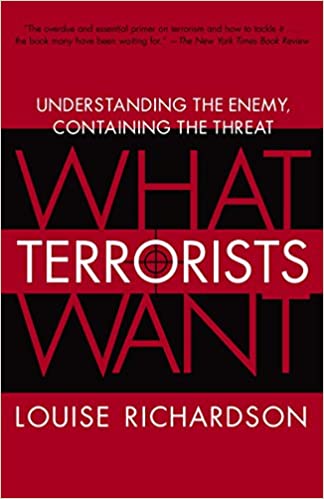
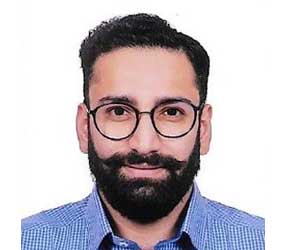

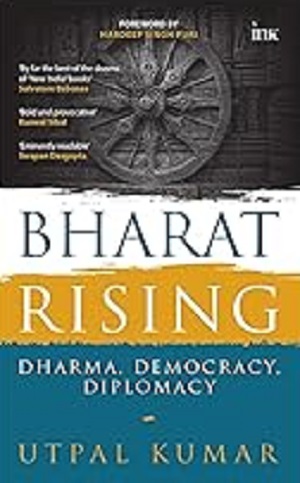

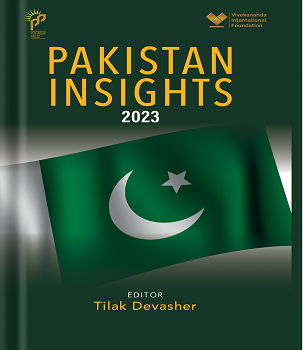
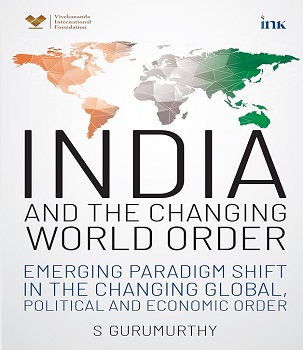
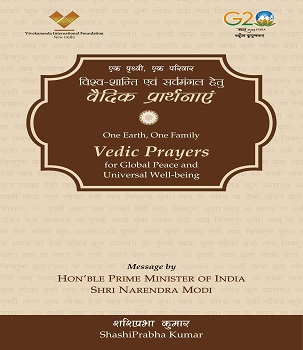
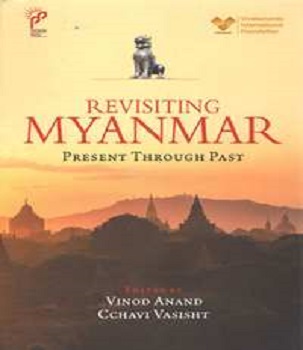
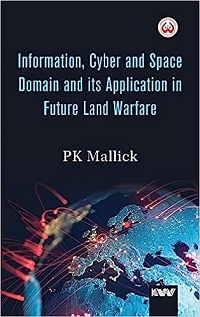
Post new comment